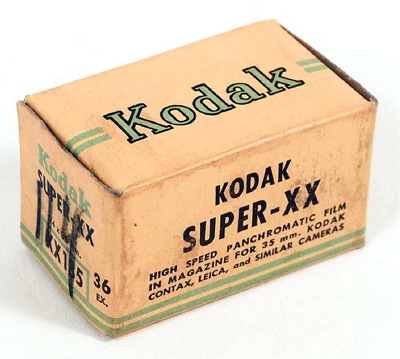 [In this five-part Guest Post, military historian Charles Herrick pursues further the questions raised by conflicts between Capa’s own account (in Slightly Out of Focus) of his D-Day return trip from the Easy Red sector of Omaha Beach to the USS Samuel Chase (APA-26), which would take him and his films back to England.
[In this five-part Guest Post, military historian Charles Herrick pursues further the questions raised by conflicts between Capa’s own account (in Slightly Out of Focus) of his D-Day return trip from the Easy Red sector of Omaha Beach to the USS Samuel Chase (APA-26), which would take him and his films back to England.
Part 5 appears below. Click here for Part 1, here for Part 2, here for Part 3, and here for Part 4. — A.D.C.]
•
Leaving Omaha Beach:
Robert Capa Aboard LCI(L)-94 (5)
•
Epilogue
… Two lurking questions may occur to the attentive reader:
- Why did Capa decide to board an LCI(L)-class ship instead of an LCVP for his departure from Easy Red?
For instance, one of the clips from Ruley shows three of the Chase‘s LCVPs heading into the beach. Surely one of the Chase‘s LCVPs would have been a more certain ride back, especially given the time crunch he was in due to his LIFE deadline. But Capa didn’t mention those craft in either of his narratives.
I believe the answer is something along these lines. When an LCVP landed, it became a sitting target for German artillery. The troops were herded off as quickly as possible, with an NCO at the rear making sure everyone got off and did so as fast as conditions allowed. Once the last man’s foot left the ramp, the coxswain slammed the craft into reverse and backed off at top speed, whereupon they also began rapidly raising that ramp.
A photo by Chief Photographers Mate Robert F. Sargent illustrates this. (Figure 13) He captured the moment the troops from his LCVP had just left the craft. The last man off had moved just a couple feet away from the craft, and the ramp was already coming up.
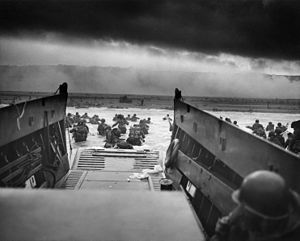
Fig. 13. “Into the Jaws of Death,” photo by Chief Photographer’s Mate Robert F. Sargent. Assault craft land one of the first waves at Omaha Beach, Company E, 16th Infantry, 1st Infantry Division.
•
The only armor on the front of an LCVP was its ramp, and getting it raised as quickly as they could was a survival skill. So Capa would have had only the briefest chance to try to board an LCVP. And since he would have to make it past the NCO coming off, who would be in no mood to let anyone get back on, that wasn’t a good option. Furthermore, the Navy/Coast Guard bowman wasn’t supposed to let anyone get aboard (the “straggler control line” was the waterline), so getting past the bowman would have been a second hurdle.
Between those three factors, an LCVP wasn’t a good option. In fact, to illustrate the Navy/Coast Guard’s reluctance to take men off the shore, as late as midnight 6/7 June, the 16th RCT was still having problems getting landing craft to even accept casualties for evacuation.
By comparison, an LCI didn’t have a gatekeeper at the bottom of it boarding ramps, and it took a few minutes longer to raise its ramps and retract. LCI(L)-94‘s initial debarkation was interrupted halfway along, so the last men getting off at that moment would not have been the NCOs assigned to the pusher detail. Capa could therefore clamber onto the ramp after the last medic got off and get to the top of the ramp before he was challenged. Under those circumstances, he would have had the opportunity to explain that he was a journalist with authorization to return to England (something he couldn’t do in the hurried seconds of an LCVP’s retracting).
•
But there’s still one big question. If LCVPs retracted that quickly, how did Capa have the time to take his 5 photos from the bow of his landing craft? And that cuts to the heart of the small matter of how he ended up ashore on Easy Red.
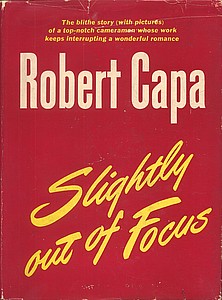
Robert Capa, “Slightly Out of Focus” (1947), cover.
Capa may have been a big man in the world of photojournalism, but he was a bit player in that LCVP. Col. George Taylor was the focus of the coxswain’s attention, and the two obviously were consulting constantly as that craft motored up and down the beach looking for a place to land. I’m sure the boat’s crew paid the photographer little or no heed as long as he kept out of the way. And they certainly weren’t intending to sit motionless on the beach, with their armored ramp down, vulnerable to enemy fire, just to let a photographer take some pictures.
In that light, Capa’s description (in Slightly Out of Focus) of getting booted off the LCVP has a ring of truth, at least to me. They needed the ramp clear, and they needed to get the hell away from the incoming machine-gun fire. (According to the HQ’s company commander, it started up after the troops and officers had debarked and were in the water.) Which means that they needed to get that photographer off the bow. So the bowman (not the boatswain/bosun, as Capa wrote) gave him a swift boot to the rear so he could get the ramp up. [Or, at the very least, ordered him to leave or stay. — A.D.C.]
Of course, it is equally possible that the coxswain simply put the engine in reverse, gunned it, and Capa, caught unaware, tumbled forward into the surf. But that’s a less likely alternative, since it would have soaked Capa and his exposed camera gear.
- How could Capa be sure that LCI(L)-94 would actually get him back to the Chase?
Recall that LCI(L)-94 was assigned to the western half of Omaha Beach, supporting the landing of the 116th Regimental Combat Team. It was on Easy Red only by accident. By all rights, it should have returned to the western half of the transport area for any follow-on tasks.
LCIs were not assigned to any given assault transport. After their initial run to the beach, they reported back to the flotilla commander for any follow-on tasks that came up. Most reported to an assembly area for convoy back to the UK. Even if LCI(L)-94 had been assigned to the eastern half of Omaha Beach, it wouldn’t necessarily have ended up back at the Chase. Again, it would depend on what follow-on tasks it was assigned by the flotilla commander.
•
So when Capa clambered onto LCI(L)-94, it wasn’t a result of knowing it would get him back to the Chase. It was simply his best chance to get off the beach quickly with his films.
Fortunately for Capa, Lt. Gislason took his ship straight back through the boat lanes, rather than cutting diagonally across them to get back on “his side” of the Transport Area. And that brought LCI(L)-94 to the vicinity of where the Chase and the USS Ancon were anchored together (the Chase visible in Ruley’s film, and the Ancon visible in Capa’s photo from within the LCVP).
I believe that Capa told Gislason he needed to get back to the Chase, and that Gislason recognized Capa’s name and understood the importance of his films and his assignment for LIFE. So they flagged down one of the Chase‘s returning LCVPs that they encountered on the return trip, which happened to be hull number PA-26-26. From the LCVP’s markings they could tell which ship it belonged to, making it easier to pick out one that Capa needed.
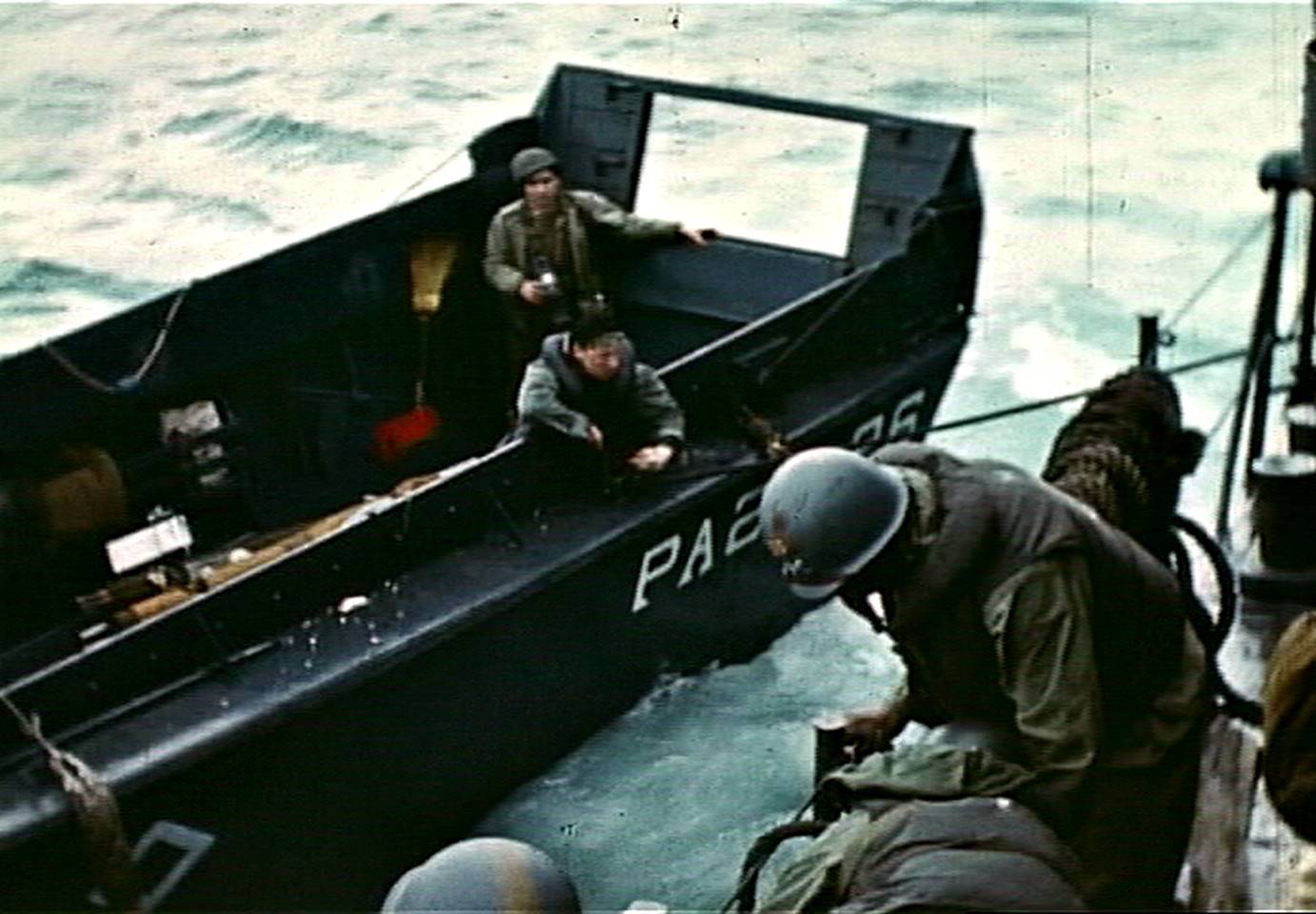
Fig. 20: Robert Capa, center rear, aboard LCVP from USS Samuel Chase, photographing transfer of casualty, D-Day, frame from film by David T. Ruley
And I think that was the sole reason they initially hailed PA-26-26: to get Capa a ride back to the Chase. Loading the wounded Quartermaster 3d Class David Anthony onto the LCVP was an afterthought. The fact that PA-26-26 had to pull away after taking on Capa, and then pull alongside a second time (on the opposite heading), indicates that Anthony wasn’t ready for transfer when they hailed PA-26-26, and they hurriedly got him ready so as to take advantage of the opportunity.
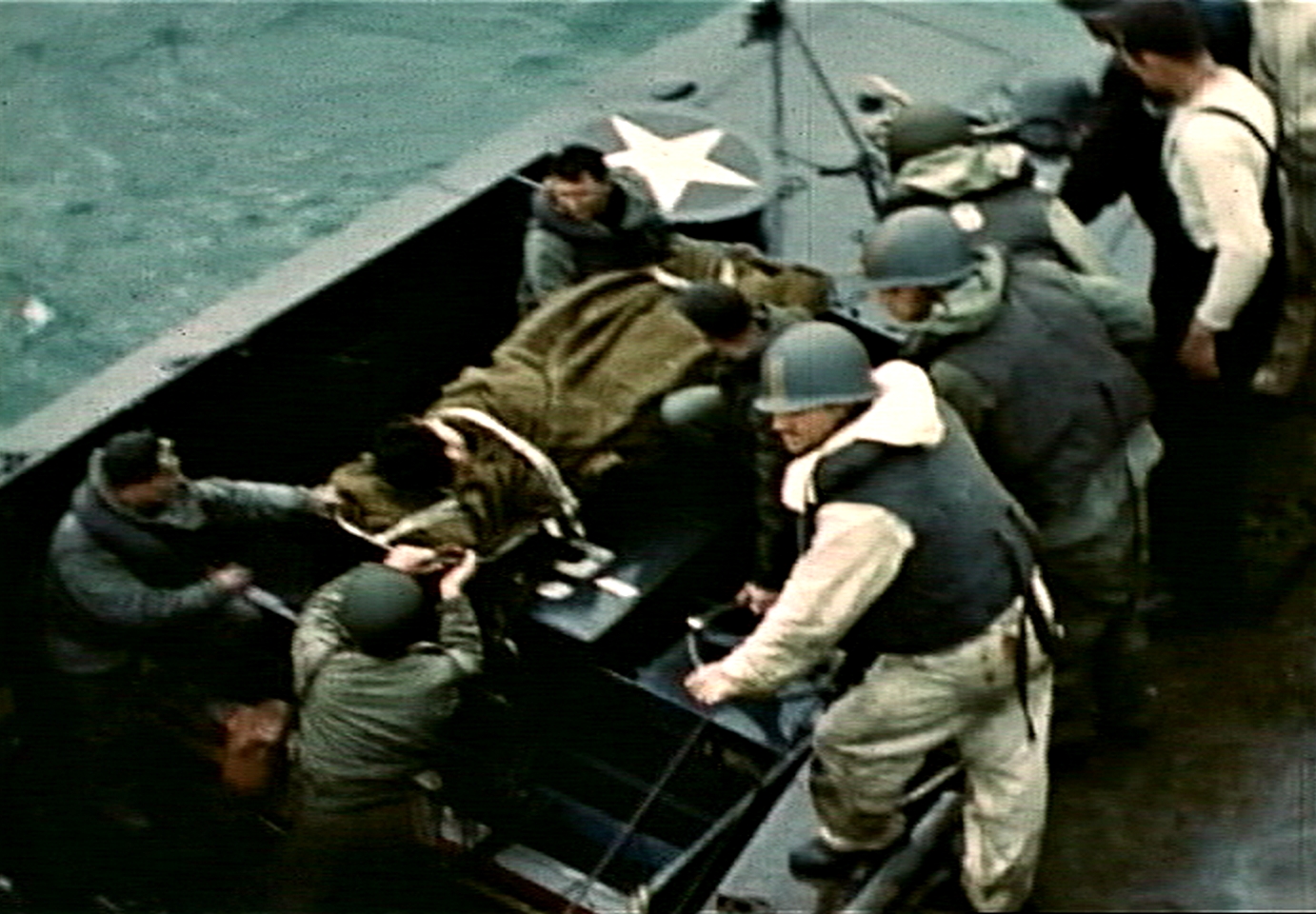
Fig. 21: Robert Capa, bottom left, aboard LCVP from USS Samuel Chase, assisting with transfer of casualty, D-Day, frame from film by David T. Ruley
That conclusion is supported by the fact that their second casualty transfer (Lt. Francis Mead) was to an LCVP from another ship (APA-67, the USS Dorothea L. Dix), and the transfer of the KIAs — the dead — was to a third ship (so far unidentified). (Click here for the post listing LCI(L)-94‘s D-Day casualties.)
I believe that if they had summoned an LCVP for the primary purpose of casualty transfer (with Capa just hopping aboard whatever LCVP it happened to be), then Gislason would have done that only after his two casualties were ready for transfer. But since they only got one casualty transferred with Capa to the first LCVP, the purpose of hailing PA-26-26 was primarily to get Capa a ride back to the Chase, with the casualty transfer a secondary opportunity.
[Editor’s note: Lt. Gislason was awarded the Silver Star for his outstanding leadership and guidance of LCI(L)-94 on D-Day. Many of the crew were decorated for their bravery. — A. D. C.]
•
This wraps up my series of articles on Capa’s D-Day saga and the photos he took. Others on this project team have superbly analyzed the subject as well, especially the technical aspects of photography and film development. I have limited my analyses to the perspectives of a former infantryman with some degree of military insight (and a man with enough time on his hands to be able to waste a good deal of it nosing through various archives). Together, I believe the team has done a pretty damned good job of shedding some light on this fascinating subject. I hope you, the readers, do too.
•
Addendum 1: A Guide to Landing Craft on Easy Red Beach Sector
LCVP – Landing Craft, Vehicular, Personnel
Length: 36’ 3”
Speed: 9 knots loaded
Crew: 4
Capacity: 36 troops; 6,000 lbs. vehicle; or 8,000 lbs. cargo
•
LCM – Landing Craft, Mechanized (Mark 3)
Length: 50’
Speed: 8 knots loaded
Crew: 4
Capacity: 60 troops (as many as 100 were carried on D-Day); 1 medium tank; or 30 short tons of cargo
•
LCT – Landing Craft, Tank (Mark 5)
Length: 117′ 6″
Speed: 8 knots loaded
Crew: 1 officer, 11 enlisted
Capacity: 4 medium tanks; 9 trucks; or 150 short tons cargo
•
LCI(L) – Landing Craft, Infantry (Large)
Length: 158′ 5 ½”
Speed: 16 knots max loaded
Crew: 2 officers and 21 enlisted (on D-Day LCI(L)-94 had 5 officers and 30 enlisted assigned)
Capacity: Troops: 6 officers and 182 enlisted; or 75 short tons carg0
•
Photo Sources:
LCVP: https://naval-encyclopedia.com/wp-content/uploads/2021/06/APA-159_-_LCVP_18-Okinawa.jpg
LCM: https://www.seascansurvey.com/index_htm_files/1374.jpg
LCT: ONI-226 Allied Landing Craft and Ships, p. 59. http://www.ibiblio.org/hyperwar/USN/ref/ONI/ONI-226/ONI-226.pdf
LCI(L): NavSource Online: Amphibious Photo Archive; US Naval History and Heritage Command Photo # Nh 85002, https://www.navsource.org/archives/10/15/1015009403.jpg
•
Addendum 2: Obstacles on Easy Red Beach Sector
The Germans placed several types of obstacles in the tidal zone at potential invasion beaches. The Allies attempted to neutralize these by landing shortly after low tide and blowing gaps in the exposed obstacles before the tide rose and covered them. At Omaha Beach, only 4 of an expected 16 gaps were blown before the first high tide. As a result, these obstacle belts remained a major problem during the first hours of the landings.
[Image Source: Author]
On Easy Red Beach sector, there were four principal types. From left to right, above:
- Belgian Gates (or Element C). Originally intended as mobile gates to block roads in Belgian and French border fortifications. The Germans placed them in static rows in the tidal zone in the hope that they would rip the hulls of landing craft. They were almost 10 feet wide and about 6-1/2 feet high. They could have mines attached to them. The row of Belgian Gates defending Exit 3 did not extend to cover the area where Capa landed, which aided access through the obstacles at that point.
- Stake Obstacles. Dimensions varied based on timber available, but were generally 6 feet or longer, and 6 inches or more in diameter. Intended to stave in the hull of lighter landing craft, they were each usually topped with a German Teller anti-tank mine to increase lethality.
- Log Ramp Obstacles. Again, dimensions varied depending on local conditions, but generally consisted of inclined logs more than 8 inches in diameter. They were intended to capsize or strand lighter landing craft. Most were also topped with Teller anti-tank mines.
- Czech Hedgehogs.These were static anti-tank obstacles intended to rip the hulls of landing craft.They were made from three pieces of angle iron beams, 6-7 feet long, and fastened together by gusset plates. The legs were usually set in concrete blocks or anchored in place.
[Image Source: Operation Neptune Monograph, Provisional Engineer Special Brigade Group
•
Text copyright © 2023 by Charles Herrick. All rights reserved.
•
(For an index of links to all posts in this series, click here.)
•
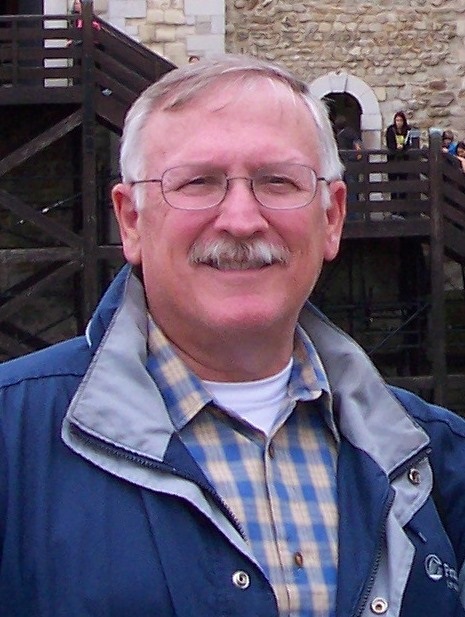 Charles Herrick joined the U.S. Army in 1970 and graduated from the U.S. Military Academy at West Point in 1974. Commissioned in the Infantry, he earned the Ranger tab and Master Parachutist’s wings. He served in a variety of positions from company grade officer to the Pentagon. He earned the Combat Infantryman’s badge while assigned as the Operations Officer of the 193rd Infantry Brigade in Panama in 1989, and later graduated from the U.S. Army War College.
Charles Herrick joined the U.S. Army in 1970 and graduated from the U.S. Military Academy at West Point in 1974. Commissioned in the Infantry, he earned the Ranger tab and Master Parachutist’s wings. He served in a variety of positions from company grade officer to the Pentagon. He earned the Combat Infantryman’s badge while assigned as the Operations Officer of the 193rd Infantry Brigade in Panama in 1989, and later graduated from the U.S. Army War College.
Since retiring from the Army in 1996, Herrick has continued to work on defense issues as a contractor in East Asia, Latin America, the Balkans, Africa and Central Asia. He holds an MBA from the University of California at Los Angeles. He lives in California with his wife, where he pursues his passion for military history. To contact Charles Herrick, click here.


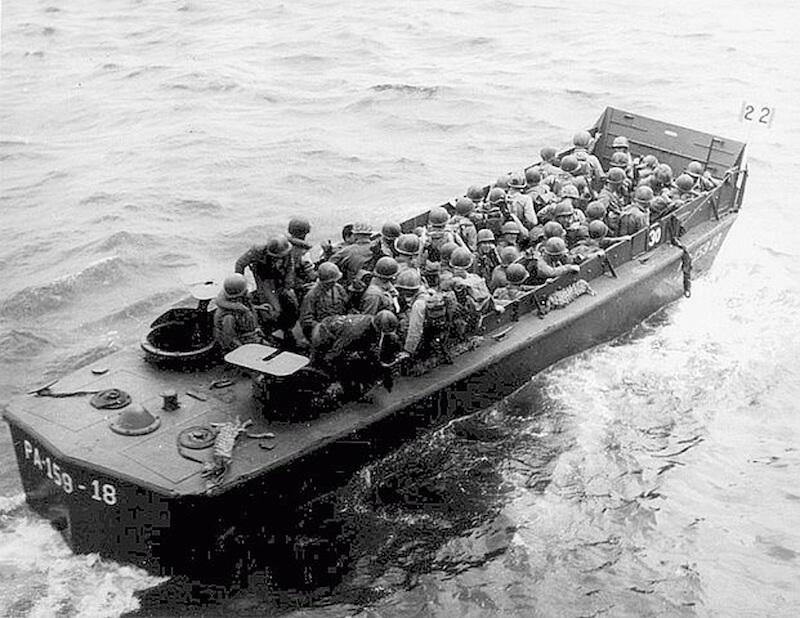
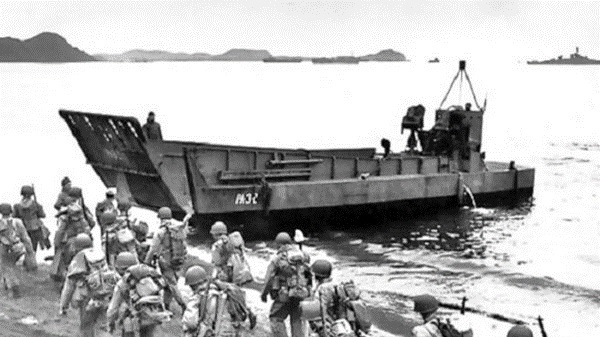
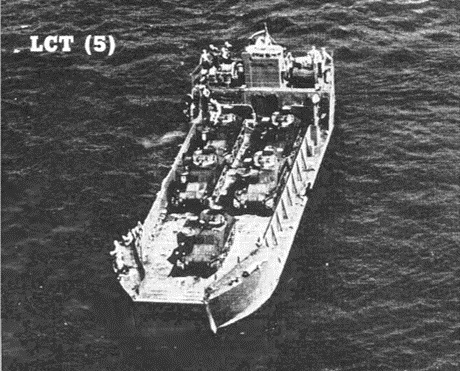
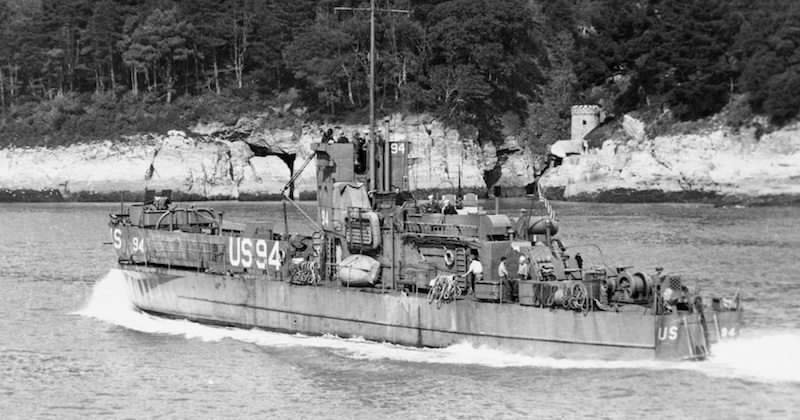
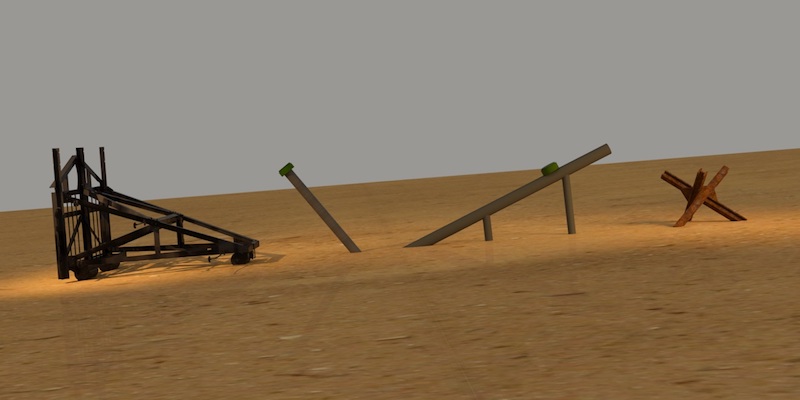
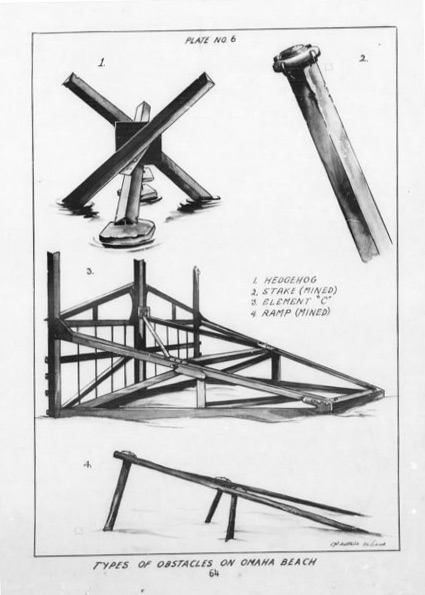




Leave a Comment